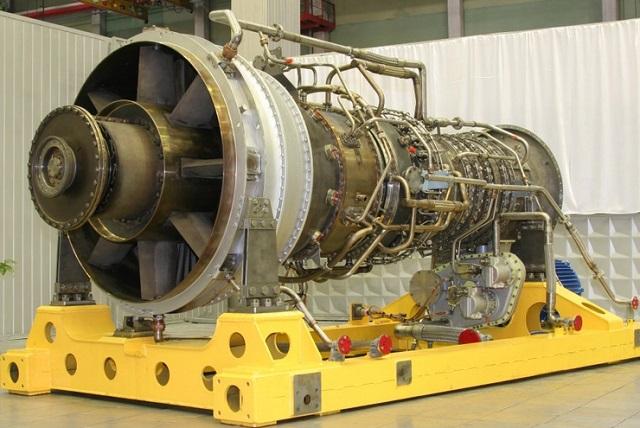Charting India’s Course to Self-Reliance: The Quest for Indigenous Marine Gas Turbine Engines
- GTRE Tasked to Design and Develop a Marine Gas Turbine.
- The Design process is complete and implementation will see participation from Industry.
- A batched approach will be used to meet the requirement.
In the realm of naval prowess, India stands at a crucial juncture, navigating the shift from dependence on foreign marine gas turbines towards the pursuit of indigenous power solutions. The backbone of many Indian Navy ships, has long been reliant on international suppliers such as Zorya Mashproekt gas turbines and General Electric engines. However, recent geopolitical turmoil, particularly stemming from the Ukraine crisis and fluctuating relations with the US, has underscored the need for India to forge its path in maritime engine technology.
The Quest for Indigenous Solutions
Amidst these geopolitical ripples, India finds itself in a strategic conundrum. The imperative for self-reliance in critical defense technologies has never been more pressing. The initial forays into this domain saw India’s Gas Turbine Research Establishment (GTRE) delving into the adaptation of the Kaveri engine for maritime applications. While progress was made in preliminary explorations, formalizing these efforts is now not just a strategic goal but a necessity.
GTRE’s Plan of Action
GTRE, propelled by a sense of urgency, has set forth an ambitious timeline. Collaborating with industrial partners, the mission is to engineer indigenous marine gas turbine engines within a tight 30-month development window, starting from the grant of the purchase order for “Design and Development”. This aggressive timeline aligns with the need to expedite the process, given the current geopolitical landscape and the imperative for self-reliance.
Phased Development Approach
The envisioned roadmap for the development and deployment of these indigenous engines unfolds across three critical batches.
Batch A initiates with the creation of two engines, crafted and rigorously tested within GTRE’s ground-based facilities. The engines would undergo rigorous validation, allowing for crucial refinements and enhancements. Once validated, these improvements would be seamlessly integrated into the design plans, laying the foundation for the industry partners.
Batch B would be the transition to the industrial landscape. Armed with the validated designs, the industry partners would embark on manufacturing five engines, adhering closely to the vetted plans. This phase will serves as a crucial bridge, transferring the tested technology from the research facility to industrial production.
Batch C then will marks the pinnacle of this developmental odyssey. Building upon the validated designs and incorporating the lessons learned from the previous phases, the industrial partners will gear up to manufacture a fleet of thirteen fully operational engines. These engines would be the culmination of rigorous testing, refinements, and industry-academia collaboration, poised to serve as the indigenous powerhouse for India’s naval fleet.
Significance of Indigenous Success
The successful fruition of this endeavor would signify a momentous achievement for India’s ‘Atmanirbhar Bharat’ (Self-reliant India) initiative. Beyond the strategic autonomy it secures, indigenous marine gas turbine engines would add a significant tick to the checklist of self-sufficiency in critical defense technologies.
In essence, India’s journey towards indigenization in marine gas turbine engines is not merely a technological pursuit; it symbolizes a strategic pivot towards self-reliance and sovereignty in defense capabilities. It’s a testament to the nation’s resolve to script its destiny on the high seas and beyond, ensuring a secure and empowered future for the Indian Navy.
As the engines of progress roar to life in laboratories and manufacturing units, the nation watches with bated breath, eager to witness the dawn of a new era in India’s maritime prowess—a testament to resilience, ingenuity, and self-reliance.
